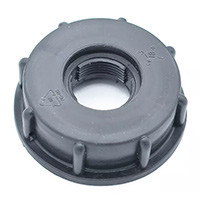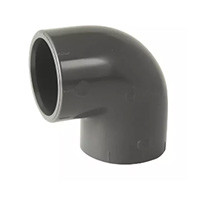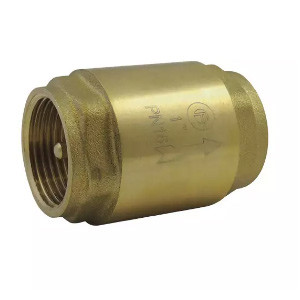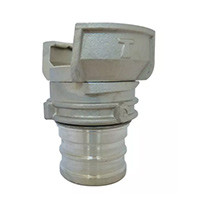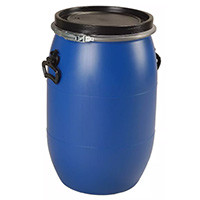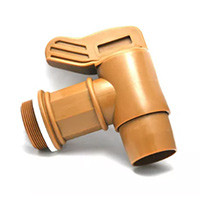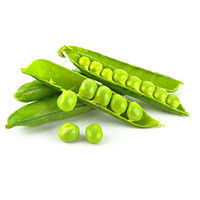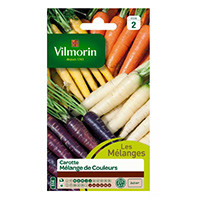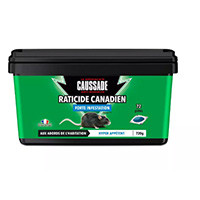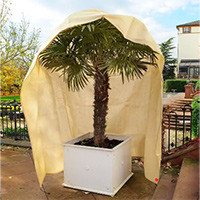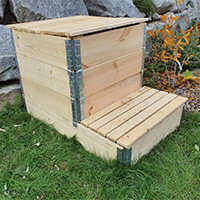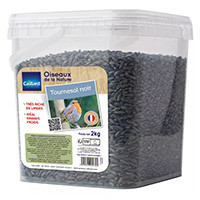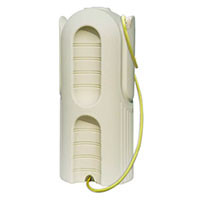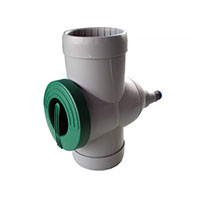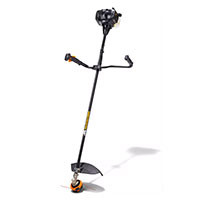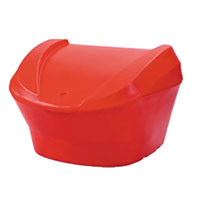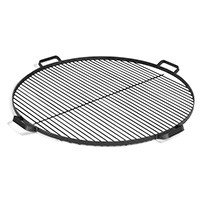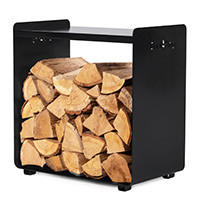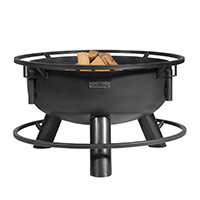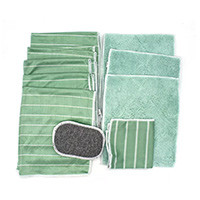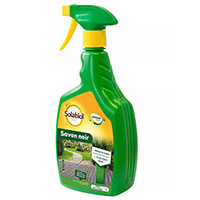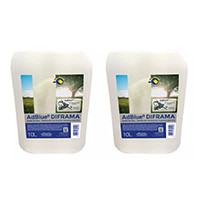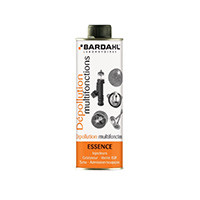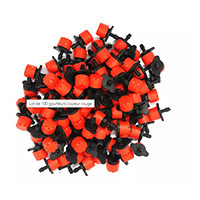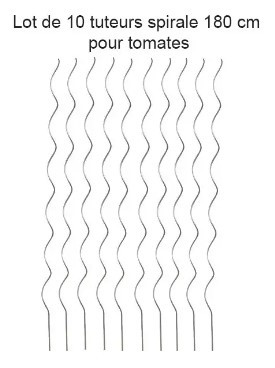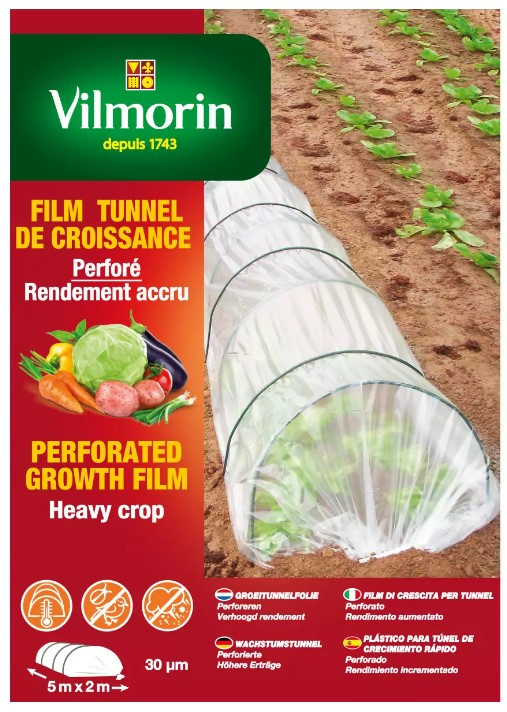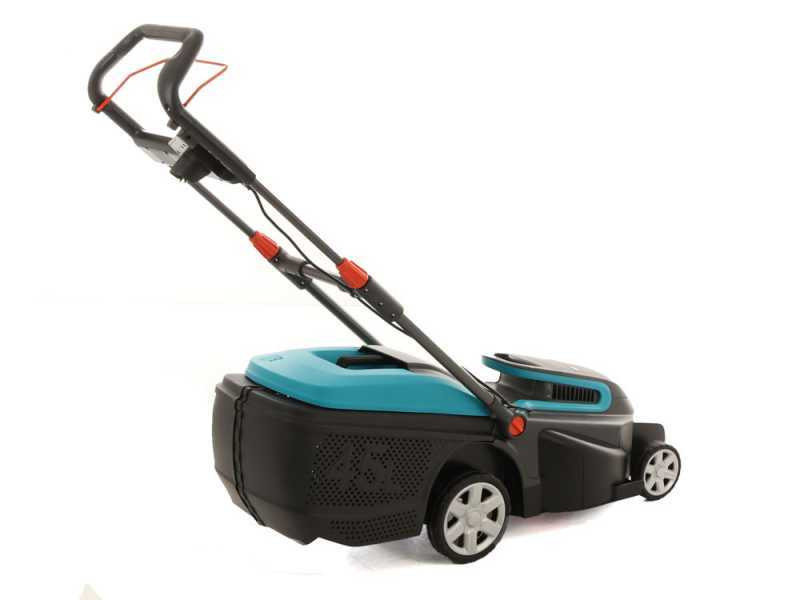When and how to prune red sage?
Sage (Salvia officinalis) is one of the most widely used medicinal plants. One of its varieties, called red sage also has many health benefits and is widely used in herbal medicine, but when and how to prune it ?
What is red sage?
Red sage (Salvia splendens) or scarlet sage is a fairly bushy plant, grown annually since it does not support frost from 0 ° C. This Brazilian plant by its aesthetic and practical aspects is more and more successful in the gardens of individuals, but also in the landscapes of everyday life.
Beautiful plants are formed, from May to October, with tubular flowers with two lips, presented in clusters or spikes. Its bright red color is flamboyant and will brighten up your exterior for sure.
Once planted, red sage has the advantage of not requiring any special watering since this plant is perfectly adapted to drought.
At what time of the year to prune red sage?
Most semi-woody plants, including red sage, should be pruned preferably in summer after flowering, from April and no later than August. Pruning measures can be perfectly combined with harvesting.
Stronger pruning measures are possible in early spring, for example, to rejuvenate the bush. Frost-free periods between late February and late March are ideal for pruning heavily wooded sage bushes and encouraging fresh young shoots.
How to properly prune red sage?
Pruning sage is an important maintenance activity, without which the half-shrub will age quickly. The ends of the shoots shade the inside of the bush, leaving this area almost completely bare.
Only the outer tips remain green and become shorter. An increasingly voluminous bush grows, which is hardly attractive and does not give yield. Annual pruning measures are essential. Sage is pruned in the summer after flowering.
This pruning can be combined with the second harvest in the summer. The first harvest takes place in June, just before the sage blooms. This is when the aroma and content of active substances of the plant are the highest. Only the ends of the shoots are cut with scissors, or they can be broken, with a little training. Nevertheless, green branches can still be harvested and dried after flowering.
We cut until the transition with the old wood. The shoot buds below are clearly recognizable.
Older sage bushes are pruned more prominently. This pruning takes place in early spring, between the end of February and the end of March. In this case, you should try to prune as close to the ground as possible. Look for the buds of the shoots at the base of the old wood and prune the shoot on top.
In principle, there is almost nothing left of the bush. The ends of the remaining shoots will quickly develop into new branches, so that the sage bush is in good shape again in early summer and can be harvested.
Size of other varieties of sage
The different species of garden sage (Salvia officinalis) differ only in the percentage of active substances, the color of the leaves or the color of the flowers. Colorful species like red sage are of course less vigorous, but benefit from the same size measurements as their green-leaved counterparts. The size should be moderate, but annual. They are struggling to recover from a radical size. If you prune them more than necessary and cut them too deep, these sage plants may not survive.
Most sage, especially red sage, is used as a seasoning in cooking. To do this, they must be dried: hang a rosette of sage leaves until they are completely dry. Make sure that no mold has appeared. Dried leaves have a more pronounced taste than fresh leaves, which you can also use in various dishes.
Tastes differ but the general opinion is that sage has a very aromatic taste with a little bitterness. It is also said that sage has a predominant flavor and that a good cook will need very little to make the most delicious dishes.
To conclude
Other Mediterranean herbs develop growth characteristics similar to sage, for example, rosemary, thyme or lavender. The common character of a woody shoot makes it necessary to regularly prune plants. Otherwise, the sage bushes become bare at the inner end of the shoots, and only the ends of the green shoots remain. Annual pruning maintains the vitality of the plant, ensures good growth and a bountiful harvest in the summer.

